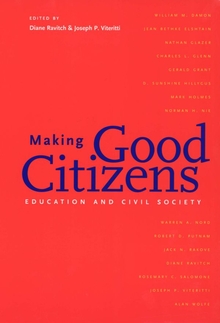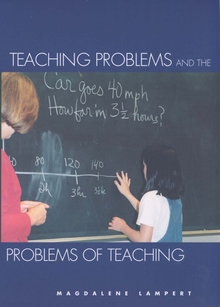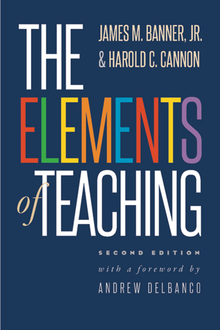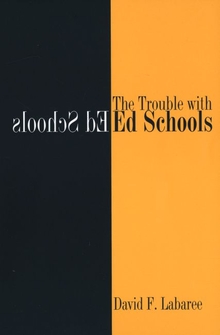The Making of an American High School
WARNING
You are viewing an older version of the Yalebooks website. Please visit out new website with more updated information and a better user experience: https://www.yalebooks.com
The Credentials Market and the Central High School of Philadelphia, 1838-1939
David F. Labaree
How have the educational goals of American public high schools changed over time? What can the experiences of one secondary school tell us about the problems they all face today? This book provides an analytical history of the origins and development of Central High School, the first high school in Philadelphia and a model for many subsequent institutions. Using Central as a case study, David F. Labaree argues that the American public high school can be viewed as the product of both democratic politics and capitalist markets: although it was originally intended to produce informed citizens for the new republic, the high school, with its meritocratic emphasis, instead became a vehicle for conferring status on the select group that was educated there. The struggle between these two goals—one leading to political equality and the other reinforcing economic inequality—has characterized its history ever since, says Labaree.
According to Labaree, Central was founded as a selective middle-class school with broad moral and political aims. However, the school’s success in providing advantages for its graduates led, during the 1880s, to growing public demand for secondary education. The resulting rapid expansion of Centrals’ enrollment and the establishment of other public high schools eventually undermined the selectivity that had made its credentials so valuable and enabled it to flourish. This in turn spurred the school to protect its credentials by introducing tracking, with a new dual curriculum for college-bound and non college-bound students.
Labaree contends that this compromise between access and exclusivity does not work: it fails to serve the public interest because of the attenuation of the school’s democratic goals, and it fails to serve private interests because of the declining value of the credentials it bestows. In order to achieve its original democratic goals, he argues, the public high school must abandon its longstanding links to the market.
Co-winner of the 1989 Outstanding Book Award given by the American Educational Research Association
Publication Date: January 29, 1992










